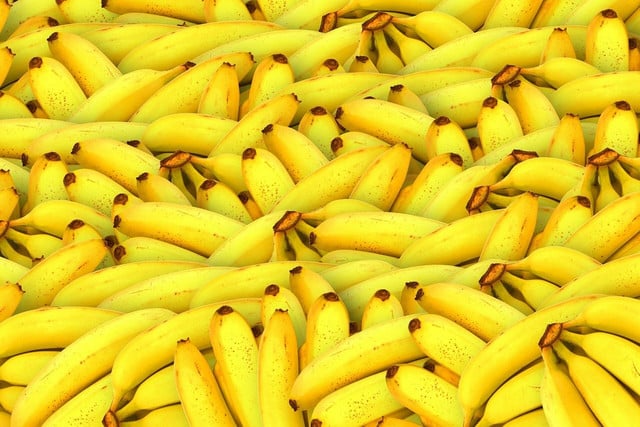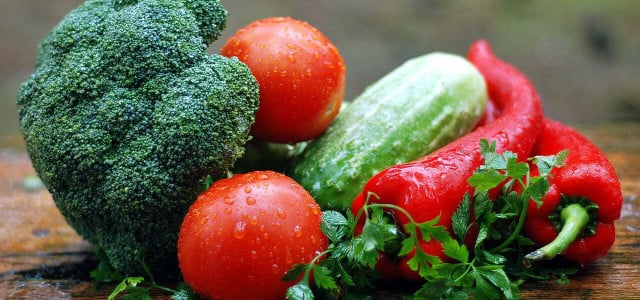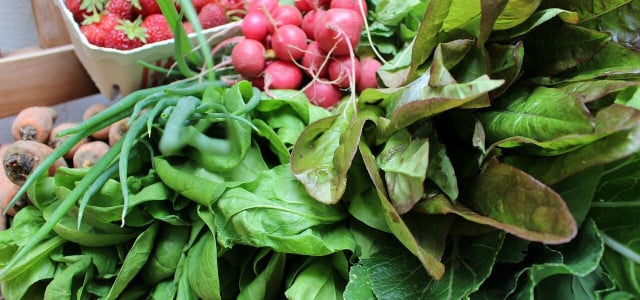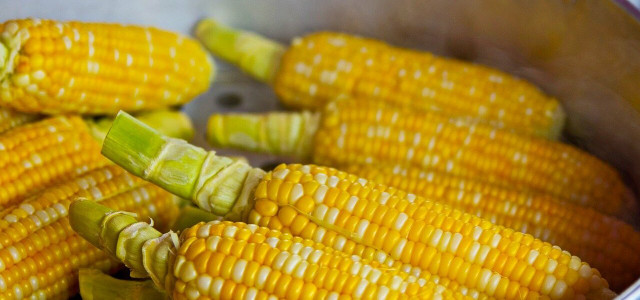Hybrid plants, created by cross-pollinating two genetically different species, are bred to maximize the most desirable characteristics of the original plants.
Hybrid plants are bred by plant breeders and farmers to take advantage of the most desirable characteristics of the parent plants. This intentional cross-pollination makes them different from traditional heirloom plants, which come from seeds typically passed down over generations in specific regions or areas and remain unaltered by breeding work. Heirloom seeds are open-pollinated, meaning their flowers are pollinated by bees, winds, birds and so on without human intervention. They grow true to the original plant and produce seeds that form seedlings just like the original plant. Hybrid seeds, however, do not produce plants with identical qualities.
While hybridization can sometimes happen naturally, it is an increasingly popular method used by farmers to achieve more attractive, higher-yield plants that are drought- and disease-resistant and hold up well during shipping. Farmers try to boost different advantageous traits depending on the plant.
Hybridization can occur in fruit, vegetables, flowers and even some animals — a mule, for example, is a hybrid of a donkey and a horse.
How Are Hybrid Plants Produced?



(Foto: CC0 / Pixabay / TheDigitalArtist)
Hybrid plants are the result of cross-pollination between two genetically different plant species. Not to be confused with Genetically Modified Organisms (GMOs), which have their genetic material altered by way of genetic engineering, hybrid plants are created when pollen from a male plant is used to pollinate the flowers of a genetically dissimilar female plant. The seeds created by this pollination produce hybrids of the original parent plants. Hybrids produced by two unrelated plants are referred to as F1 hybrids.
F1 plants often display a hardiness called “hybrid vigor”, or heterosis. This vigor is generally reflected in an F1 hybrid’s larger size, faster and more uniform growth and resistance to certain diseases.
The Pros and Cons of Hybrid Plans



(Foto: CC0 / Pixabay / Didgeman)
Since the commercial production of hybrid corn began in the 1960s, significantly increasing the global food supply, hybrid plants have grown in both diversity and popularity. Hybrid plants offer a number of advantages over non-hybrid varieties, but there are some notable drawbacks.
Pros:
- Hybrid seeds grow more quickly and produce higher yields, which means more food for more people in less time.
- They have a longer shelf life, lasting longer in supermarkets and your fridge or cupboard.
- Many hybrid plants are less susceptible to disease. This is a major advantage for plants such as tomatoes and potatoes, which are prone to blight.
- They are less likely to be impacted by poor growing conditions such as drought and extreme temperatures.
- Hybrid plants are homogeneous and grow at a predictable rate, making them easier and quicker to harvest. Uniform growth means farmers don’t need to worry about small or misshapen fruits and vegetables.
Cons:
- While genetically identical plants are more predictable and better looking, this lack of variation can lead to less adaptable plants, unable to withstand new diseases or mutations that can wipe out entire species or leave them endangered. In fact, less genetic variation can sometimes cause genetic mutations.
- Hybrid seeds bred for large-scale planting are frequently coated in pesticides and other toxic chemicals, exposing millions of acres of cropland to insecticides.
- With all of the work and research that goes into developing successful hybrids plants, hybrid seeds are more expensive.
- Many F1 hybrid plants grown from hybrid seeds are either sterile or seedless. Even if they are able to reproduce, this second generation of plant is unlikely to be as vigorous or fast-growing as the F1 hybrids, adding annual expenses for both large-scale producers and small farmers.
Note: Large-scale agrochemical corporations have pursued patents on hybrid seeds since the mid-1980s, a move that has caused rights over seeds to change from the hands of farmers to multinational conglomerates. This patent protection stops farmers from saving seeds and has led to decreased gene diversity in 75% of the world’s food supply. As biodiversity is our best line of defence against global food shortages and makes worldwide crop failure much less likely, this gene uniformity is a concerning trend.
Hybrid Plants as Houseplants



(Foto: CC0 / Pixabay / 631372)
Outside of their uses in large-scale food production, some hybrid plants work well in home gardens or as houseplants. Popular options include:
- Stargazer lilies: vibrant, aromatic hybrid flowers that can be grown as potted plants.
- Meyer lemon trees: a compact decorative hybrid of traditional lemon trees and Mandarin orange trees, which can also be grown in pots. Tip: How to Grow a Lemon Tree from Seed – Step by Step
- Olympia spinach: hardy smooth-leaf spinach that grows well throughout spring, summer and fall and is ready to harvest in just 48 days — making it a great option for home vegetable gardens.
- Sweet corn: a sweet, rich hybrid corn that is widely accessible within the US and easy to grow for home gardeners.
Read more:
- How to Grow a Herb Garden on Your Windowsill
- Neither Nestlé nor Monsanto: This Is the Worst Company in the World
- Factory Farming: A Look at This Problematic System
Do you like this post?









